Throughout the Netherlands there are traces in the landscape of former ice ages and times when the Netherlands was a tundra. I find this extremely fascinating: over larger timescales, “the Arctic” is a flexible concept, and as much a matter of “when” as of “where”. Are the silent witnesses of past Arctic conditions in the Netherlands actually a vision of the future of much of the current Arctic?
Among flora and fauna, a “glacial relic” is a species that was abundant in the Netherlands in the cold period during or after the last ice age (Weichselian) and is now present in small populations. The current distribution of such species has generally shifted much further north by now, but some traces of their former distribution remain. There are a few plants and animal species that are formally considered glacial relics in the Netherlands. The two I show here, a diving beetle and a water flea, are commonly found in small lakes in landscapes shaped by glaciation in the north of the Netherlands.
- van Leeuwen, C.G., Wilde planten – flora en vegetatie in onze natuurgebieden. Natuurmonumenten (1970).
- W. Beijerinck. (1931). Over Eurycercus Glacialis Lillj. en andere arctische levensvormen in de plassen der Dwingeloo’sche Heide. De Levende Natuur, 36(8), 238–248.


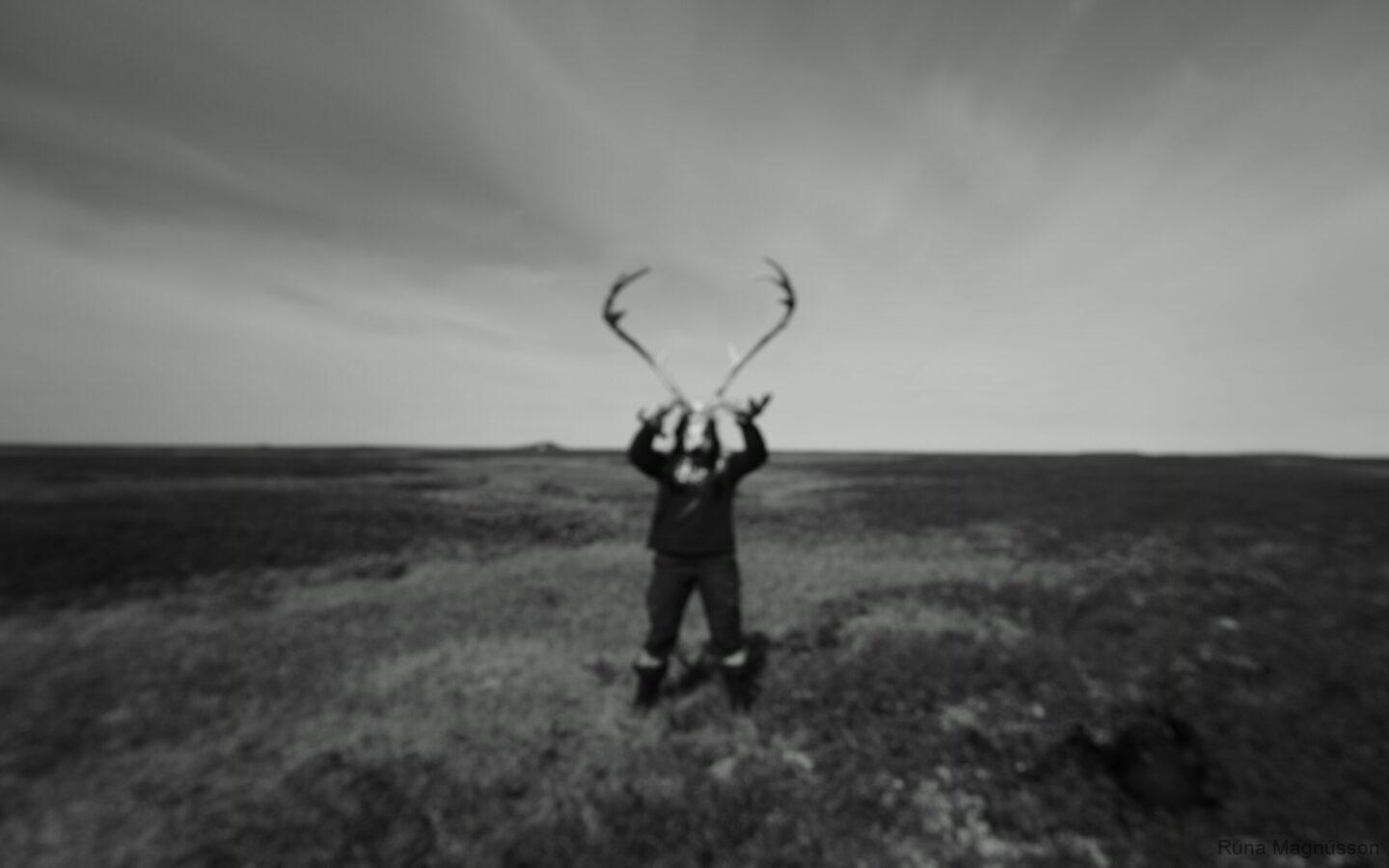
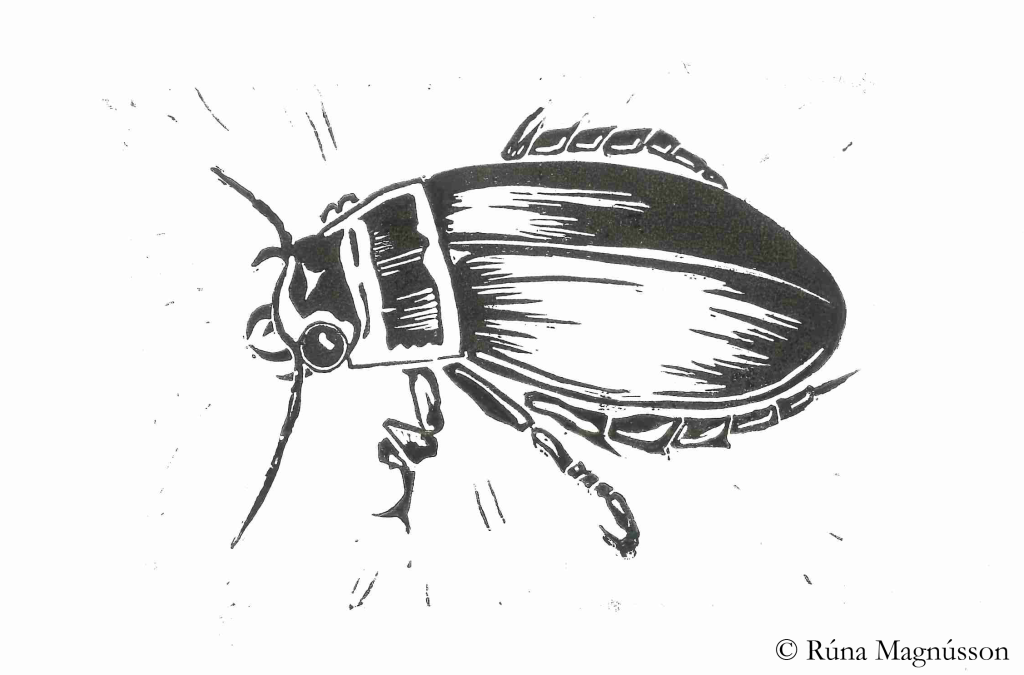
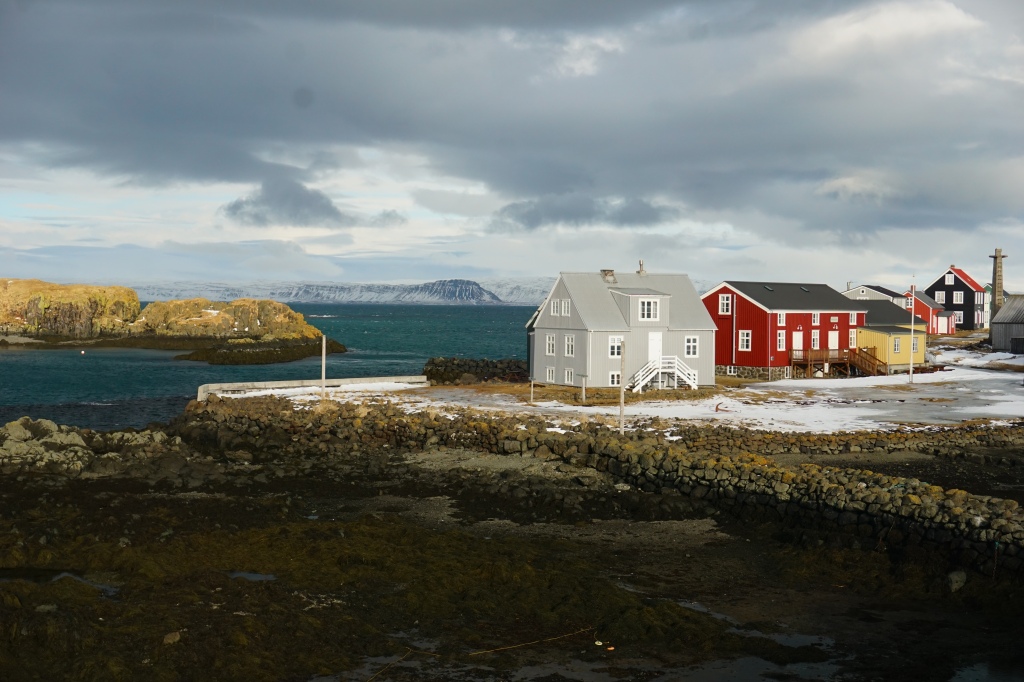
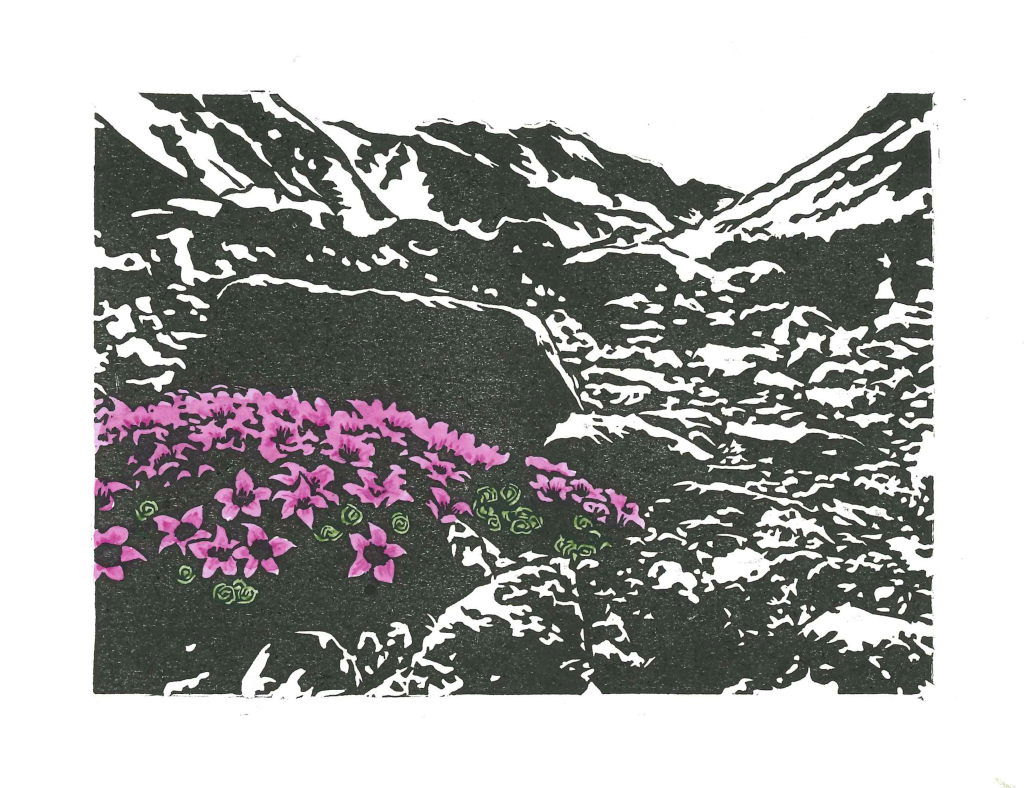
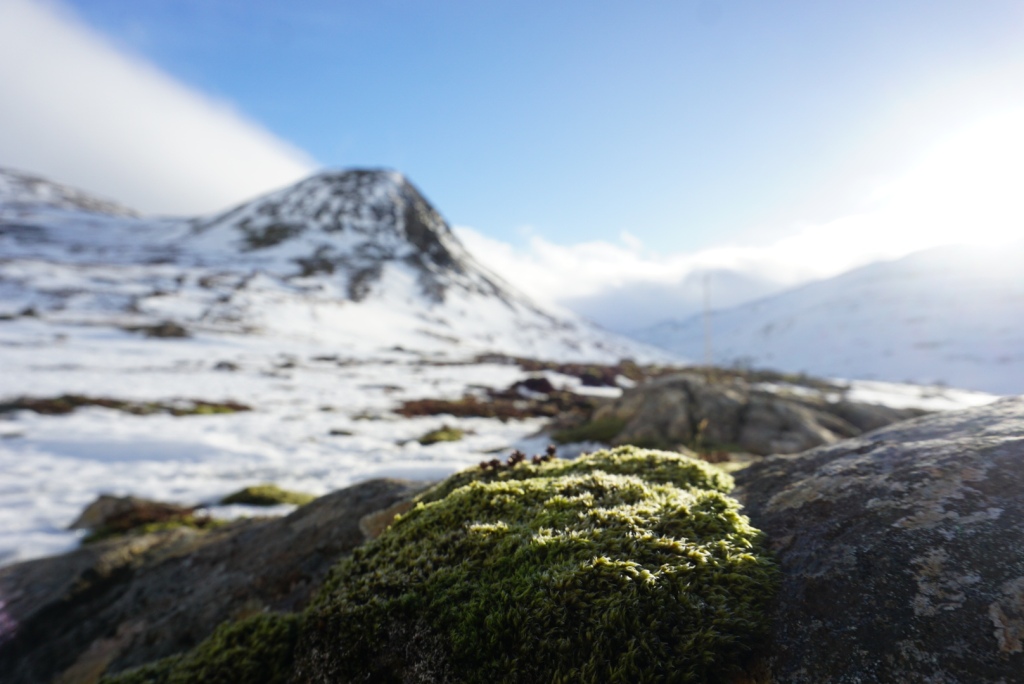

Leave a comment